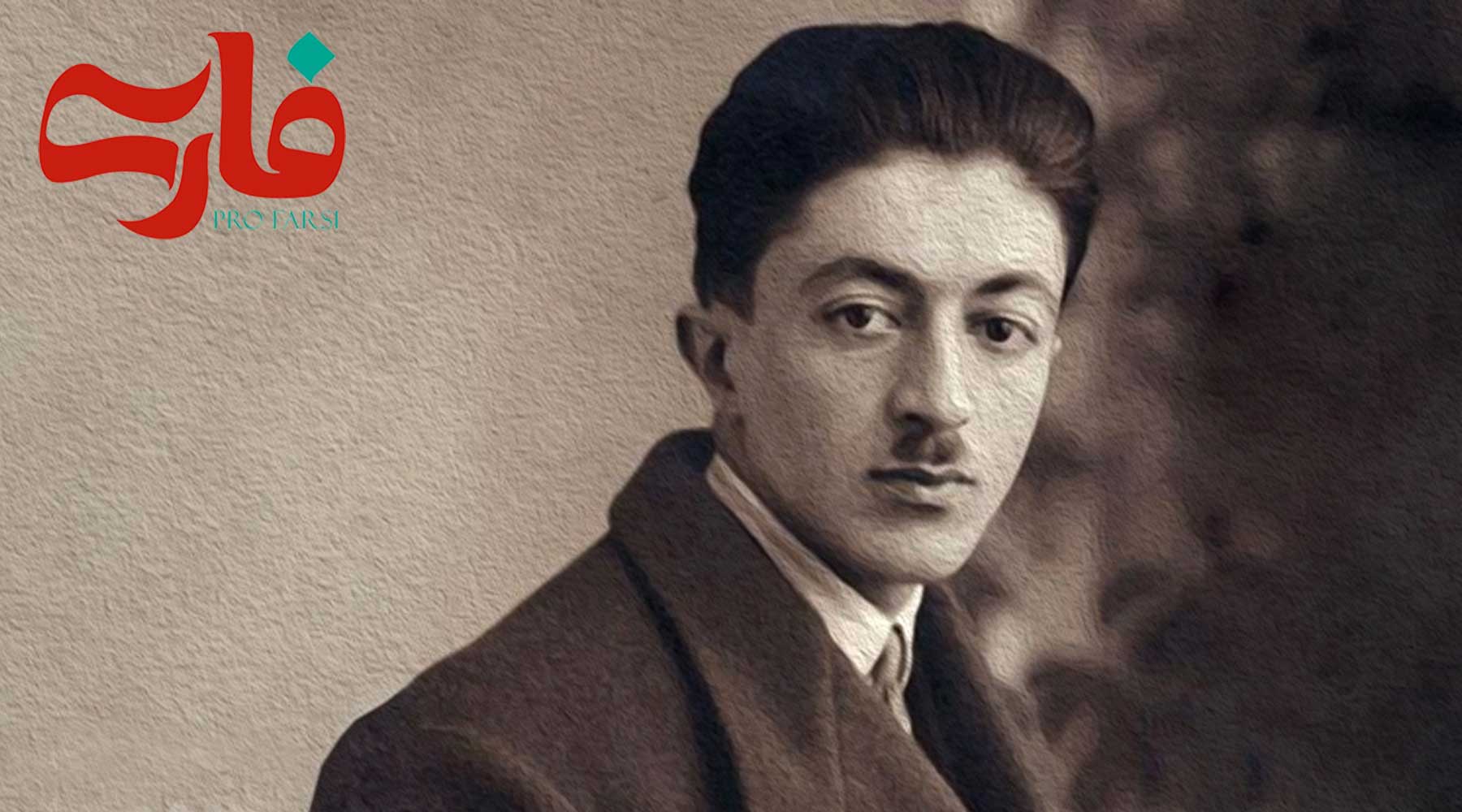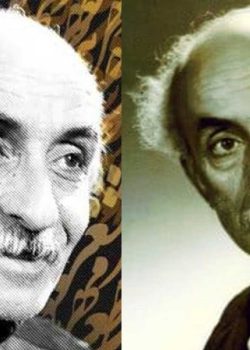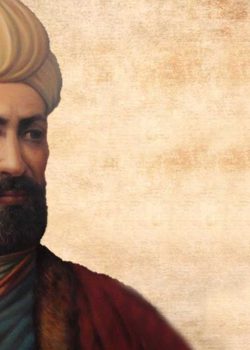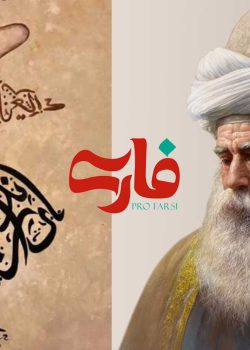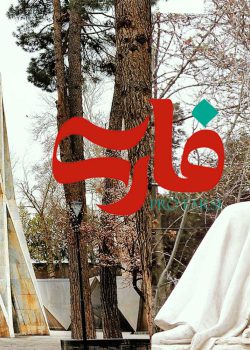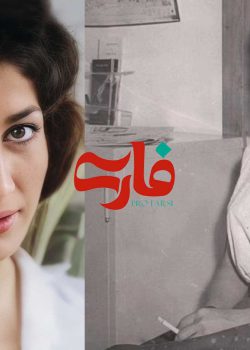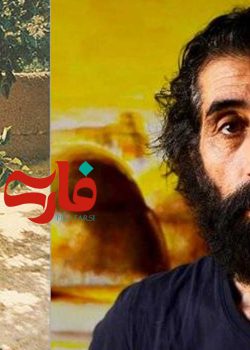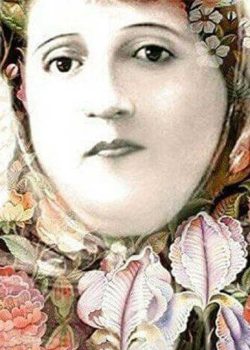Sadegh Hedayat quotes and short stories
Sadiq Hedayat, also spelled Ṣādiq-e Hedāyat or Sadiq Hidayat, (born February 17, 1903, Tehrān, Iran—died April 4, 1951, Paris, France), Iranian author who introduced avant-garde techniques into Persian fiction. He is considered one of the foremost Iranian writers of the 20th century. Born into a distinguished aristocratic family, Hedayat was educated first in Tehrān and then studied dentistry and engineering in France and Belgium. After coming into contact with the leading intellectual figures of Europe, Hedayat forsook his studies for literature.
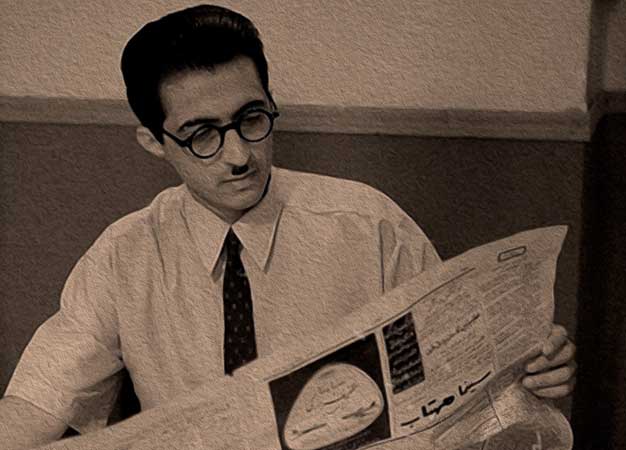
He was profoundly drawn to the works of Edgar Allan Poe, Guy de Maupassant, Rainer Maria Rilke, Franz Kafka, Anton Chekhov, and Fyodor Dostoyevsky. Hedayat translated into Persian many of Kafka’s works, including In the Penal Colony, for which he wrote an illuminating introduction called “Payām-e Kafka” (“Kafka’s Message”). He returned to Iran in 1930 after four years and published his inaugural book of short stories, Zendeh be gūr (1930; “Buried Alive”), and the first of three plays, Parvīn dokhtar-e Sāsān (“Parvin, Daughter of Sasan”). These he succeeded with the prose works Sāyeh-ye Moghol (1931; “Mongol Shadow”) and Sē qaṭreh-khūn (1932; “Three Drops of Blood”).
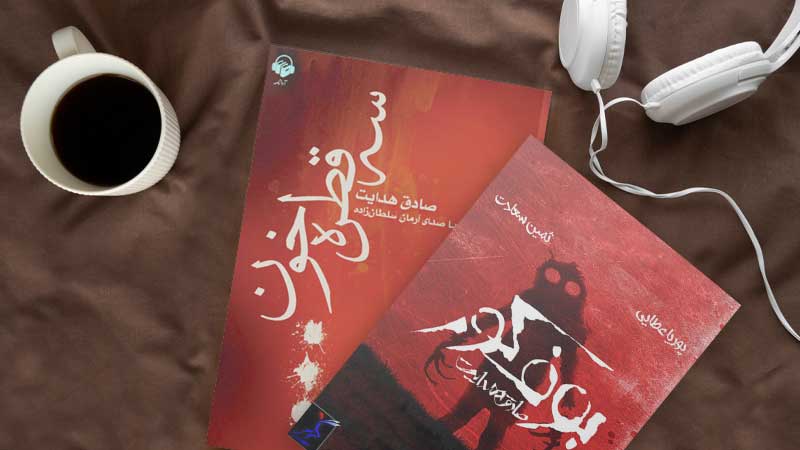
Hedayat stood as the central figure in the intellectual circles of Tehrān and was a member of the literary group recognized as the Opposition Four, which also included Buzurg ʿAlavī. He commenced fostering a keen fascination with Iranian folklore and released Osāneh (1931), an anthology of folk songs, and Nīrangestān (1932). In these works, Hedayat significantly enhanced Persian prose and left an impression on emerging writers by incorporating folk idioms. He additionally composed numerous evaluative essays and undertook translations of the writings of prominent European authors, including Chekhov and Jean-Paul Sartre. He initiated a study of history, commencing with the Sāsānian era (224–651) and the Pahlavi, or Middle Persian, language, employing this learning in subsequent fictional compositions. During 1936–37, he relocated to Bombay (now Mumbai) to reside within the Parsi Zoroastrian community, with the aim of advancing his understanding of the ancient Iranian faith.
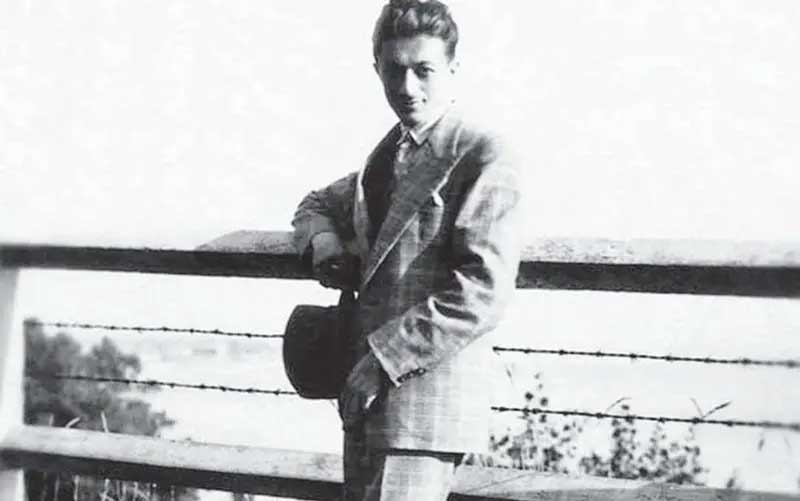
Among Hedayat’s most renowned novels is Būf-e Kūr (1937; The Blind Owl), profoundly imbued with pessimism and Kafkaesque elements. As a profoundly melancholic individual, he coexisted with a perception of the absurdity inherent in human existence and his incapacity to bring about positive change in Iran. He distanced himself from his companions and embarked on a quest for solace from his feelings of futility through substances and alcohol. In 1951, besieged by desolation, he de
parted Tehrān and voyaged to Paris, where he chose to end his own life.
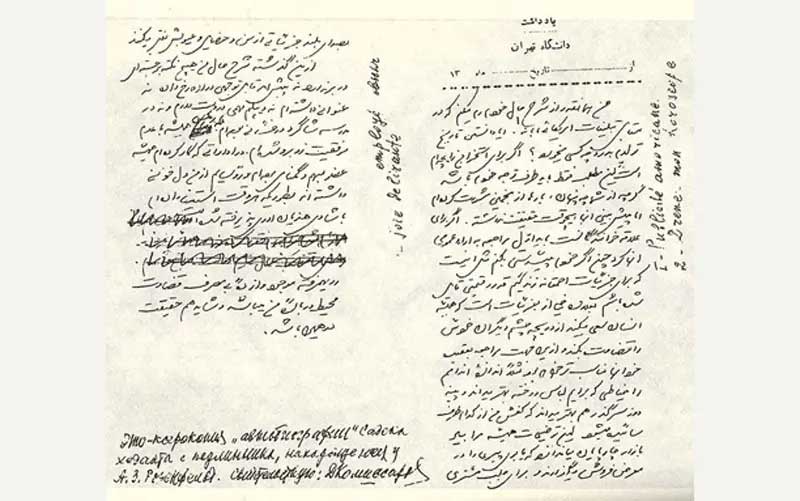
Here are a few quotes attributed to Sadegh Hedayat along with summaries of some of his short stories:
اگر مرگ نبود فریادهای نا امیدی به آسمان بلند می شد، به طبیعت نفرین می فرستاد
“If death did not exist, the cries of despair would rise to the high sky, cursing nature.”
ما بچه مرگ هستیم و مرگ است که ما را از فریب های زندگانی نجات می دهد
“We are the children of death, and it is death that saves us from the deceptions of life.”
انسان چهره مرگ را ترسناک کرده و از آن گریزان است
“Man has made the face of death terrifying and tries to escape from it.”
مرگ بهترین پناه دردها و غمها و رنج ها و بیدادگری های زندگانی است
“Death is the best refuge for pains, sorrows, sufferings, and the cruelties of life.”
فقط با سایه ی خودم خوب میتوانم حرف بزنم ، اوست که مرا وادار به حرف زدن می کند ، فقط او میتواند مرا بشناسد ، او حتماً می فهمد … می خواهم عصاره ، نه ، شراب تلخ زندگی خودم را چکه چکه در گلوی خشک سایه ام چکانیده به او بگویم:
“ایــن زنـــــدگــــی ِ مـن اســت!”
“Only with my own shadow can I speak well; it is the one that compels me to speak, only it can recognize me, it surely understands… I want to pour, no, the bitter wine of my own life, drop by drop, into the dry throat of my shadow, and say to it:
“This is my life!”
در زندگی زخم هایی هست که مثل خوره روح آدم را آهسته در انزوا می خورد و می تراشد. این دردها را نمی شود به کسی اظهار کرد چون عموما عادت دارند این درددهای باور نکردنی را جزو اتفاقات و پیش آمدهای نادر و عجیب بشمرند و اگر کسی بگوید یا بنویسد مردم بر سبیل عقاید جاری و عقاید خودشان سعی می کنند آنرا با لبخند شکاک و تمسخرامیز تلقی بکنند .
“In life, there are wounds that, like maggots, slowly eat away at a person’s soul in solitude and carve it. These pains cannot be expressed to anyone, because people generally have a habit of categorizing these unbelievable pains as rare and strange occurrences. And if someone speaks or writes about them, people, guided by their own beliefs and convictions, tend to perceive it with a skeptical smile and ironic mockery .”
چقدر هولناک است وقتی که مرگ آدم را نمی خواهد و پس می زند
“How horrifying it is when death does not want someone and turns away…”
عشق چیست؟ برای همه رجاله ها یک هرزگی یک ولنگاری موقتی است . عشق رجاله ها را باید در تصنیفهای هرزه و فحشا و اصطلاحات رکیک که در عالم مستی و هشیاری تکرار میکنند پیدا کرد
“What is love? For all men, it is a temporary debauchery, a transient folly. The love of men must be sought in the vulgar compositions, in the obscene and crude expressions that they repeat in the realm of intoxication and sobriety.”
هر گاه انسان پیروی شهوت و نفس اهریمنی را بنماید ، از حیوان هم پست تر است.
“Whenever a person follows lust and the desires of the demonic self, they become even lower than an animal.”
تنها مرگ است که دروغ نمی گوید.
“Only death does not lie.”
من همیشه گمان میکردم که خاموشی بهترین چیزها است، گمان میکردم که بهتر است آدم مثل بوتیمار کنار دریا بال و پر خود را بگستراند و تنها بنشیند.
“I always thought that silence is the best thing; I thought it’s better for a person to spread their wings by the sea like a seabird and sit alone.”
آیا سرتاسر زندگی یک قصه مضحک، یک متل باور نکردنی و احمقانه نیست؟
“Isn’t the entire life a funny story, an unbelievable and foolish tale?”
حضور مرگ همه موهامات را نیست و نابود میکند. ما بچه مرگ هستیم و مرگ است که ما را از فریبهای زندگی نجات میدهد، و در ته زندگی اوست که ما را صدا میزند و بسوی خودش میخواند – در سنهائی که ما هنوز زبان مردم را نمیفهمیم اگر گاهی درمیان بازی مکث میکنیم، برای این است که صدای مرگ را بشنویم.
“The presence of death doesn’t spare any of our hair strands; it destroys them. We are the children of death, and death is the one that saves us from the deceptions of life. And at the end of life, it’s death that calls us and beckons us towards itself—in those years when we still don’t understand people’s language. If sometimes we pause amidst our play, it’s to hear the sound of death.”
همه از مرگ میترسند
من از زندگی سمج خودم….
“Everyone is afraid of death, I am afraid of my own poisoned life…”
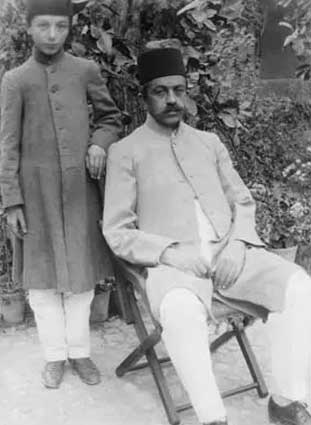
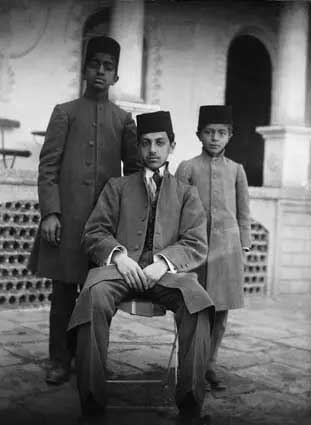
This is a list of the works of Sadegh Hedayat (1903-1951). This list encompasses Hedayat’s fictional and non-fictional works
- “Human and Animal” – Berlin: Iran-Shahr, 1924.
- “Benefits of Vegetarianism” – Berlin: Iran-Shahr, 1927.
- “Maziar: The Life and Deeds” – Collaborated with Mojtaba Minovi, Tehran, 1928.
- “Alive to the Grave” – Tehran: Ferdowsi Printing House, 1930.
- “Parvin, Daughter of Sasan” – Tehran: Ferdowsi Library, 1930.
- “Osāneh” – Tehran: Āryān Kodak, 1931.
- “Eniran” – Tehran, 1931.
- “Three Drops of Blood” – Tehran, 1932.
- “Half the World Is Isfahan” – Tehran: Khāvar Library, 1932.
- “Bright Shadow” – Tehran: Roshanāyi Printing House, 1933.
- “Lady Alaviyyeh” – Tehran, 1933.
- “Nīrangestān” – Tehran, 1933.
- “Voghug Sāhāb” – Collaborated with Masoud Farzad, Tehran, 1934.
- “Songs of Khayyam” – Tehran, 1934.
- “The Blind Owl” – Bombay, 1936.
- “Naz’s Story” – Tehran: Rāzi Bookstore, November 1940. (Published under a pseudonym)
- “Stray Dog” – Tehran: Nejāt Commercial Publishing, 1943.
- “Haji Āghā” – Tehran, 1945.
- “The Myth of Creation” – Paris: Adrian Maison Neuve, 1946.
- “About the Appearance and Signs of the Appearance” – Edited by Hasan Ghaemian, Tehran: Amir Kabir, 1962.
- “Quatrains of Omar Khayyam” (A work by Sadegh Hedayat) – Tehran: Boroukhim Library, 1924.
- “The Islamic Mission to Foreign Lands” – [Title in Arabic]
- “Painting”
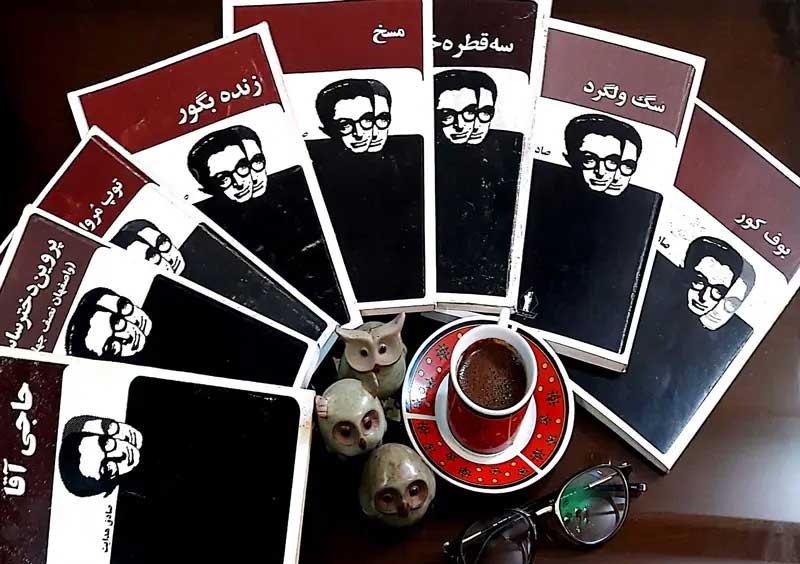
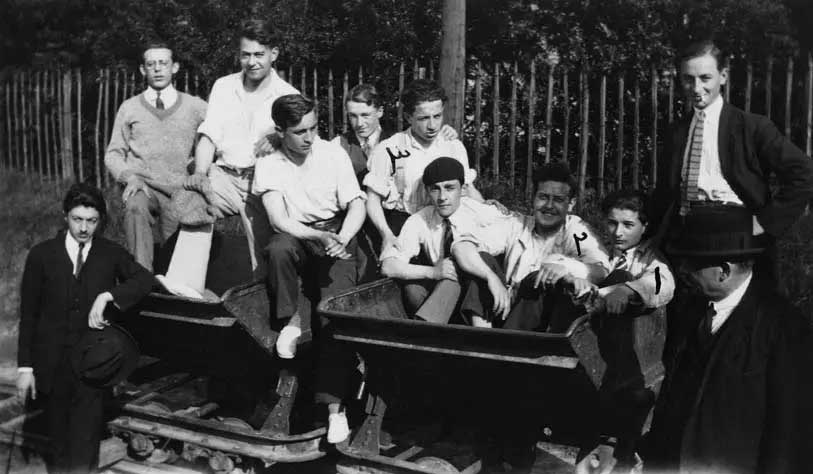
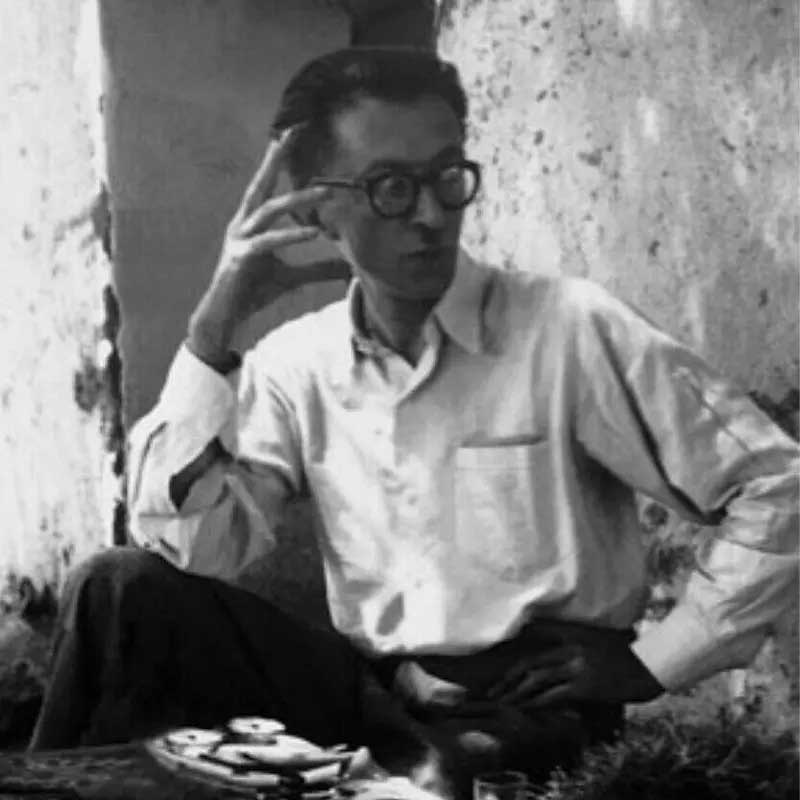

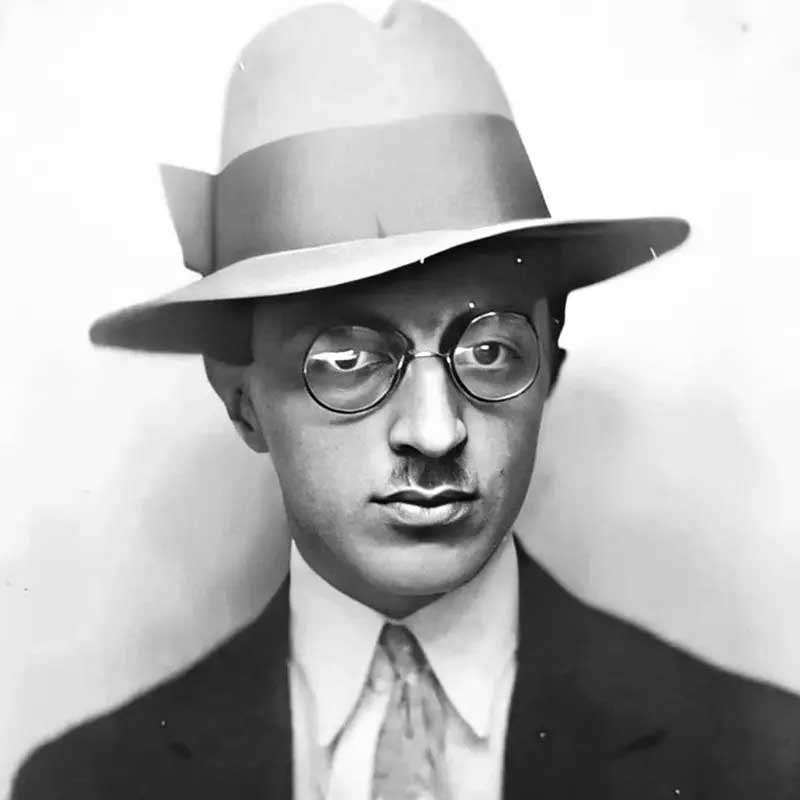
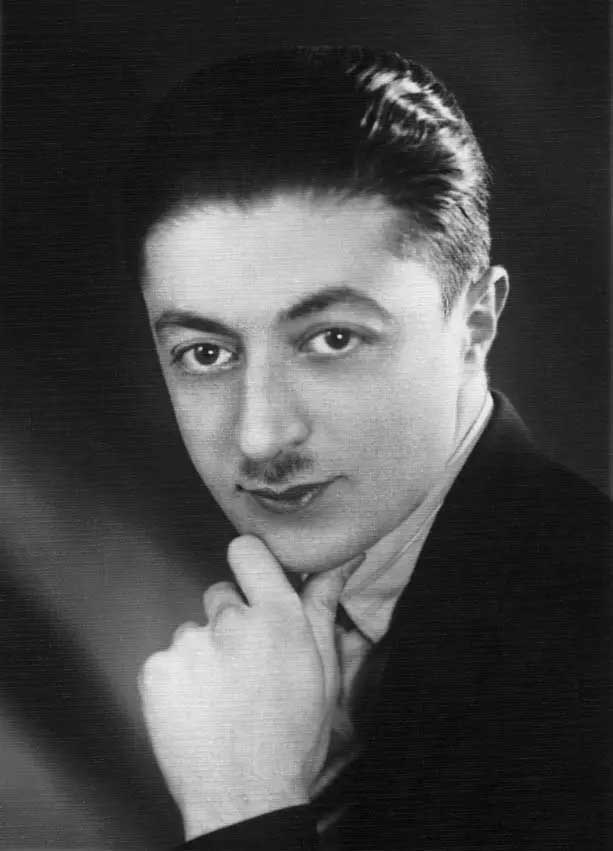
Read More:
Jalal al-e-Ahmad biography and books
Related Posts

